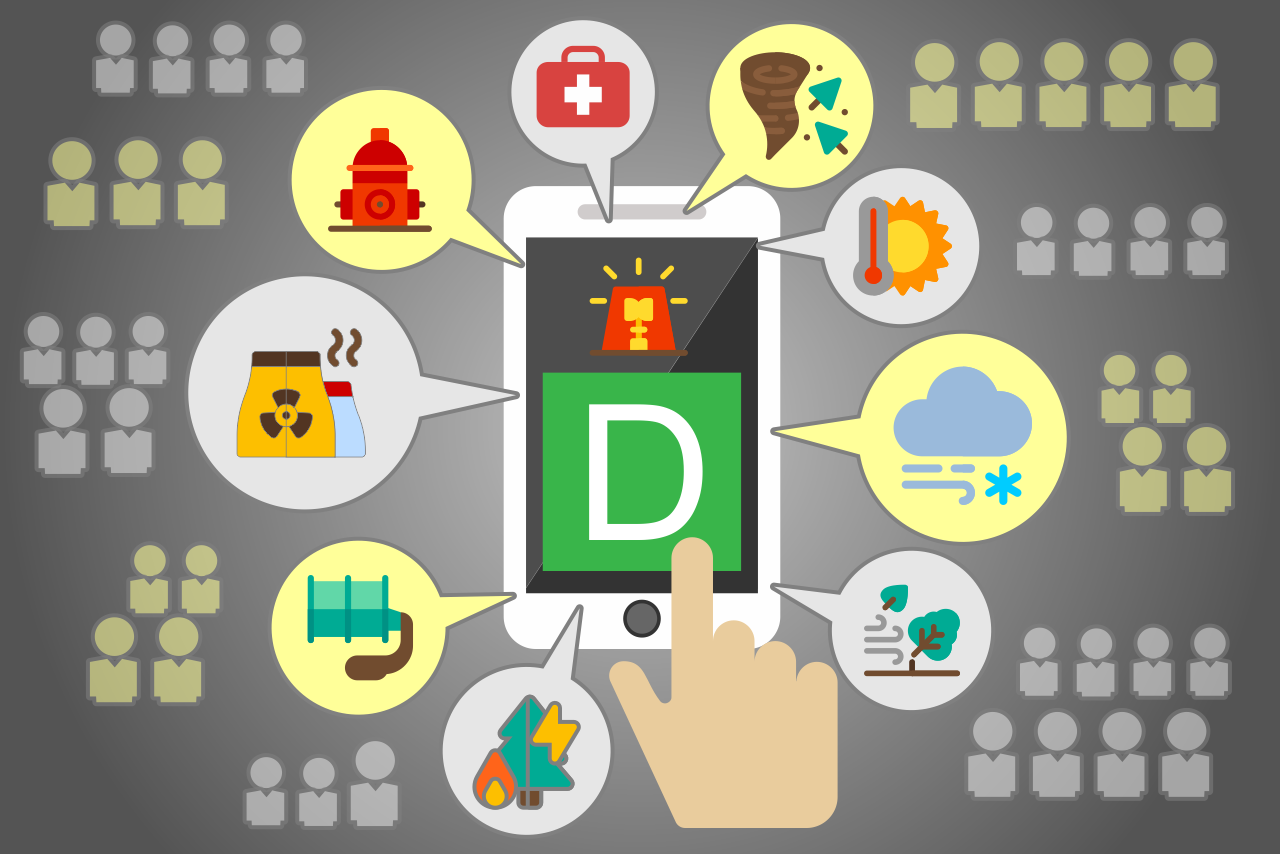When disaster strikes, the actions of your staff and your ability to recover in the aftermath and resume normal operations will only be as good as your emergency notification system. No matter how robust your disaster preparedness plan or how often you drill staff on emergency processes and procedures, your reaction times and emergency plan execution will only ever be as good as your mass notification system. If you can’t notify your employees about an emergency, or struggle to do so effectively in the face of disaster, your entire organization – and perhaps even your staff – will be at risk.

With this in mind, let’s look at the mistakes most often made in emergency communications. By identifying and being aware of these pitfalls, you can then make a plan to counteract these issues and install a system that is a help rather than a hindrance in an emergency.
- You don’t practice enough with your emergency system
It isn’t enough to simply have a plan of action which you can pull out when disaster strikes. If your whole team isn’t fully versed on your emergency system (what it is, how it will communicate with them and what to do when they get a notification of a workplace emergency) it’s next to useless.
An emergency system can take many forms – it may be a set of actions that someone is required to follow, a series of people that must be notified or an online system to access. However, it’s only effective if you continually run drills and train your team on what to do and how to use it if there is a workplace emergency.
Schedule regular training seminars, run mock emergency drills and practice responses often to ensure everyone who may need to use your emergency system is confident and capable when the time comes.
- You don’t have an urgent alerts option
If you have to send a mass notification due to an emergency, the last thing you want to worry about is whether or not everyone read your email. If you rely on non-urgent communications, such as email or SMS messaging, it’s entirely possible that your urgent alert will be missed, filed to read later or simply not opened.
Your communications system must have a way to flag up emergency alerts so that they are displayed instantly. There must be no doubt that the message is time-critical and no option to read it later. Likewise, the alert should take priority and be displayed prominently on the end user’s device, regardless of whether or not they have their email open, are browsing the internet or have a screen saver running.
- The emergency information flow is delayed
While it’s important that your firm’s communications manager can swiftly and easily send a mass notification to staff in the event of a workplace emergency, the usefulness of knowing that those messages have actually been read is often overlooked.
Without a message status system in place, it's difficult to know whether or not the alerts has been seen. This can hamper your reactions and make it difficult to coordinate information as well as slowing down the process of resuming normal operations.
Using specialist software which is designed to handle emergency communications is an easy way to ensure that these common mistakes are avoided.







